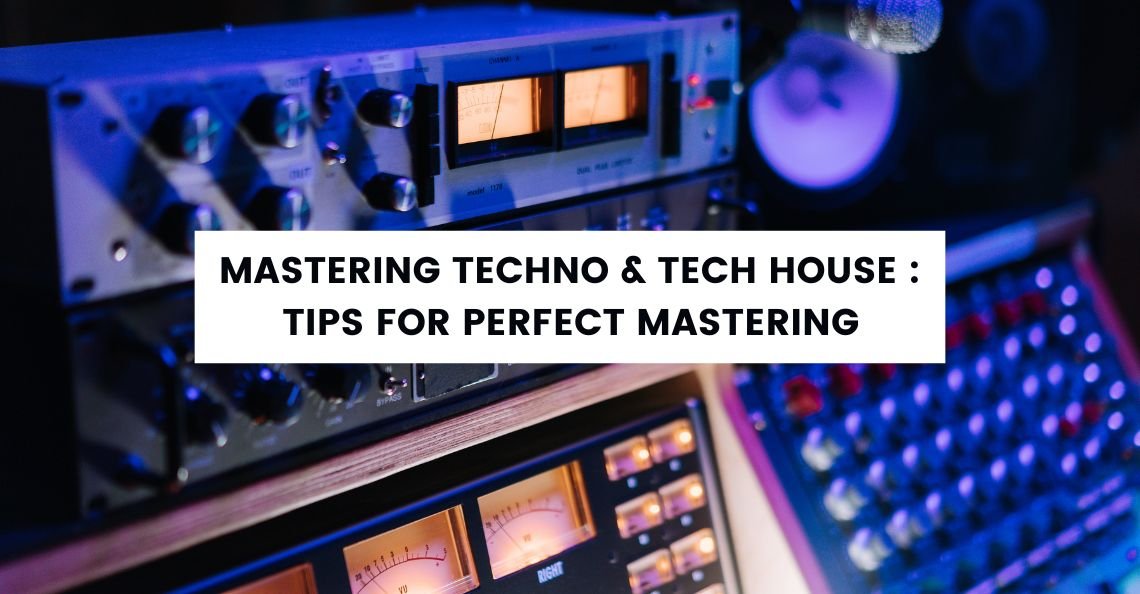
Equalization (EQ) is one of the most powerful tools in an audio engineer’s arsenal. It allows you to adjust individual frequencies of specific sounds within a mix. Every instrument or sound in a track has a fundamental note along with overtones that contribute to its timbre and character.
By adjusting these frequencies—whether cutting some or boosting others—you can significantly change the tone of the track in dynamic and interesting ways. While EQ alone can’t change the core sound of an instrument, it can make subtle adjustments that dramatically improve the listening experience.
Knowing how to use EQ effectively is crucial to achieving a better, more polished mix. Here’s how to approach EQ for optimal results:
Best approaches to Use with EQ in Your Next Mix 🎶
Remove Unwanted Elements 🧹
The first step in using EQ effectively is to remove unwanted frequencies that might make your mix sound muddy, harsh, or cluttered. These problem frequencies often appear in the low-midrange, where energy can build up and mask other important elements.
Use a narrow band EQ to “surgically” cut out these frequencies. Sweeping through the frequencies or referencing an EQ chart can help identify these trouble spots, while reducing the energy in that area clears up space for the other elements to shine.
Enhance the Good Stuff 🔊
Once the unwanted frequencies are removed, it’s time to boost the frequencies that make each instrument or sound stand out in a positive way. Think of this as “shaping” the sound you want to highlight in the mix.
For example, you might want to add a bit more aggression to a guitar by boosting the mids, or you could brighten a vocal by lifting the high end slightly.
While EQ can’t add new elements, it allows you to take what’s already there and enhance it to match your creative vision. Boosting the right frequencies can bring out the best in each instrument.
Experiment with Sound Design 🎛️
Great mixes don’t just rely on balance; they also offer texture and depth. One way to add character to your mix is by manipulating certain elements in ways that are unexpected. EQ can be a powerful tool for sound design, transforming familiar sounds into something fresh.
For example, applying a high-pass filter to a vocal to strip away the low and high frequencies can create the effect of a voice coming through a telephone or a vintage radio. You can get creative with EQ to design unique sonic elements that engage your listeners, but be cautious not to overdo it. Subtlety is key.
Create Space in the Mix 🌀
One of EQ’s most important functions is to allocate space for different sounds so they can all coexist without clashing. This is especially important when you have many layers in your mix.
By using EQ to “carve out” space for each element, you ensure that no two tracks are fighting for the same frequency range. If one track is occupying a particular frequency range, cut that same range from others to avoid muddiness. This approach lets each sound breathe and have its moment in the mix.
Final Thoughts 🎶
EQ is a powerful tool for sculpting and shaping your mix. However, it’s important not to rely solely on EQ to define your sound. The key to a great mix lies in balance: prioritize cutting unwanted frequencies, boost selectively, and use EQ in conjunction with other mixing techniques.
Also, remember that mixing in mono during the process can help you avoid phase issues and better identify frequency conflicts. By practicing these EQ techniques, you can make your tracks stand out and elevate the overall mix to new heights.




